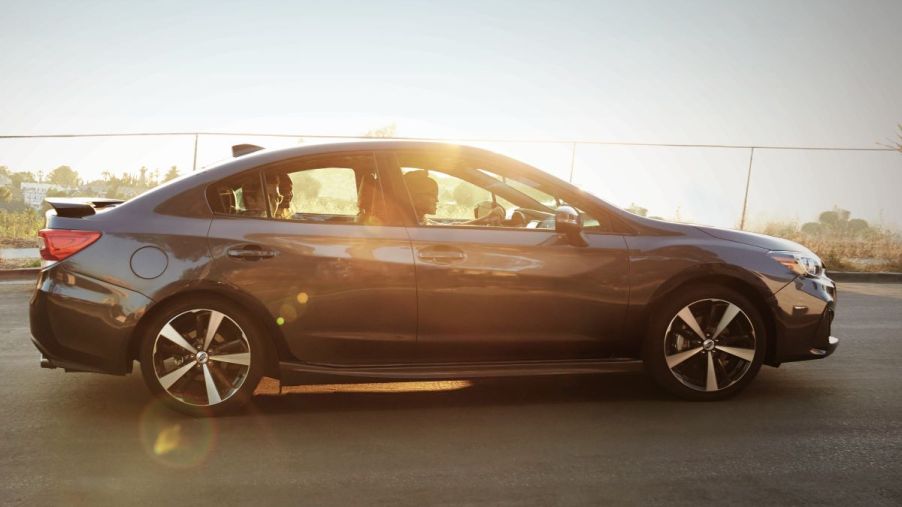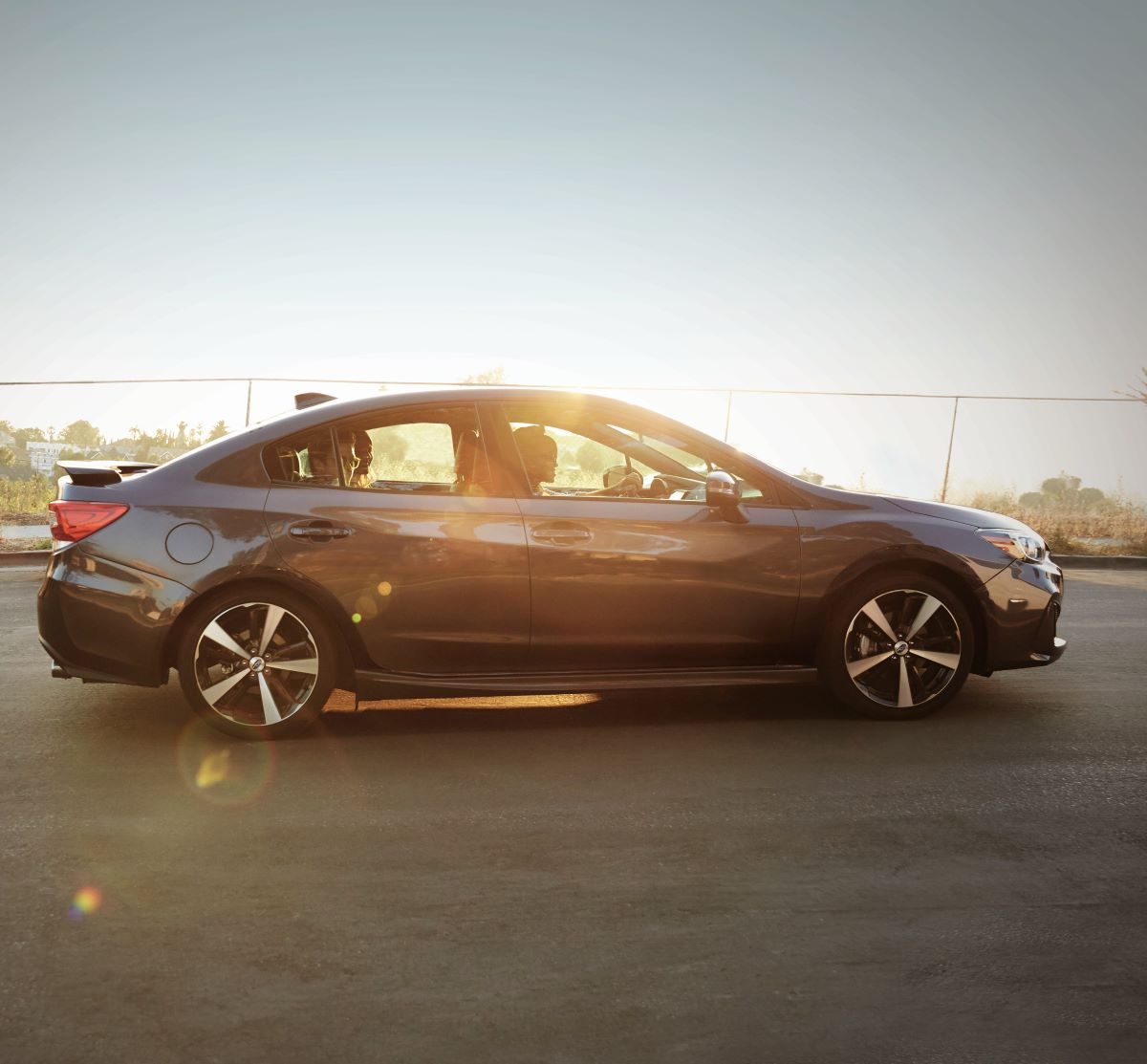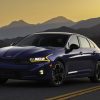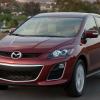
What Color Sunglasses Are Best for Driving?
Sunglasses are often viewed as a fashion item, but many people use them to protect their eyes from UV rays. Some drivers choose to wear sunglasses while driving for car safety purposes, but there has recently been debate about whether sunglasses are effective, and if so, what color is actually best. There are also discussions about if airbags are dangerous for sunglass wearers. The answers may just surprise you.

Do sunglasses protect your eyes?
To answer this question, we need to first discuss what the sun does to your eyes. We’ve known for years that the sun can do a lot of damage to our skin, which is why there is such a huge push to use sunscreen.
The sun can do damage to your eyes as well. According to Columbia University, sun exposure can cause cataracts, cornea and conjunctiva damage, cancer, and age-related macular degeneration. So can sunglasses help protect your eyes?
Some types can. Columbia University went on to report, “Sunglasses are good for your health if the lenses block UV and the sunglasses are worn correctly (with the frame’s nose bridge touching your face). Eyes filter out most, but not all, UV rays. Anything that limits UV exposure to the eye alleviates risk. Sunglasses protect your eyes and also can protect the skin around the eyes.”
Sunglasses that do not block UV rays do not protect your eyes. If you are wearing sunglasses for more than just looks, then make sure you carefully read the label before purchasing.
Does the color matter?
Most sunglasses come in varying shades of black or brown, but they also come in more vibrant colors such as blue, green, orange, and even red.
While they may make you look cool, those beautiful colors aren’t doing your eyes any favors while you’re driving. Rolling Stone reports that you should opt for shades more along the lines of amber, copper tinted, and gray. This is because shades like red, green, and orange may distort our vision of traffic lights that we need to be able to reliably identify while driving.
As for polarized sunglasses, this depends heavily on the time of day, and what type of vehicle you’re driving. Polarized sunglasses help block out quite a bit of glare, but the angle of the sun can negate this.
Motorcycle drivers should avoid wearing polarized sunglasses, especially when it’s raining. They make it difficult to distinguish the road, so be cautious if you are on a bike with polarized sunglasses.
Are airbags safe for sunglass wearers?
Airbags tend to be in the news very frequently for exploding and taking lives. When they work properly, however, they can save lives and prevent major injuries. Since they do pop out of the dash and strike drivers in the upper chest, it’s important to take into consideration how this impacts sunglass wearers.
In order for airbags to work properly, it’s important for drivers and passengers to wear seat belts. If you aren’t wearing it, then the chances are lowered that the airbag will work the way it has been designed to.
The NHTSA also reports that your seat should be at least 10 inches from the front airbag. This isn’t always possible for drivers with shorter legs. In this case, move as far back as you can while still comfortably reaching the pedals.
If you follow these rules and wear your sunglasses properly, then there is a decreased chance of becoming injured if the airbag deploys. The same applies to anyone who has to wear eyeglasses while driving.
There is obviously no guarantee on this, as accidents can and do happen. The benefits of wearing gray, copper-tinted, or amber sunglasses are worth it for driving, however.


